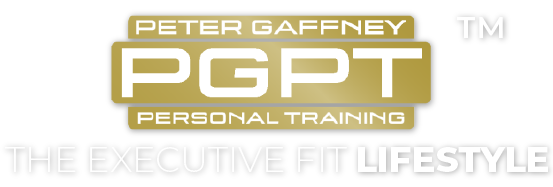[cs_content][cs_section parallax=”false” style=”margin: 0px;padding: 0 0px 0x;”][cs_row inner_container=”true” marginless_columns=”false” style=”margin: 0px auto;padding: 0px;”][cs_column fade=”false” fade_animation=”in” fade_animation_offset=”45px” fade_duration=”750″ type=”1/1″ style=”padding: 0px;”][cs_text]Poor posture is a very common condition. I believe that with this generation being so sedentary, it is only going to get worse. Sitting at a computer desk for many hours at a time as well as being stuck in traffic jams just adds to the problem. Posture issues are generally caused by muscular imbalances in which a muscle is either too tight or too weak. Poor posture can result into different physical conditions from different people; the most common is back pain. According to the American Chiropractic Association, 70 to 85 percent of people experience back pain at some point in their lives. Ultimately, what everyone should be aiming for is not only good posture but a back that functions well i.e. is strong yet flexible and moves well.
The good news is that there is a solution which comes in the form of resistance training. When the following four exercises are regularly implemented correctly into training programmes, you will find that the weak muscles will be activated and the tighter muscles will be stretched.
[/cs_text][x_image type=”none” src=”https://pgpt.co.uk/wp-content/uploads/2017/05/Kettlebellgobletsquat.jpg” alt=”” link=”false” href=”#” title=”” target=”” info=”none” info_place=”top” info_trigger=”hover” info_content=””][cs_text]
Goblet Squat
Goblet squats strengthen the leg and core muscles. They also stretch the hips, groin and lower spine, which when tight can cause bad posture.
- With both hands, hold a dumbbell (or kettle bell) in front of your chest and plant your feet firmly on the floor (a shoulder-width apart).
- Push your hips back and bend your knees while keeping your back straight.
- Descend gradually as far as you can with good form, then forcefully push back up to the start position.
[/cs_text][x_image type=”none” src=”https://pgpt.co.uk/wp-content/uploads/2017/05/deadlift.jpg” alt=”” link=”false” href=”#” title=”” target=”” info=”none” info_place=”top” info_trigger=”hover” info_content=””][cs_text]
Deadlifts
The deadlift commonly known as the ‘king of the weights room’ works most of the muscles in the legs, lower back and core. Traditionally, it has been associated with building strength and power but performing the deadlift correctly strengthens the spine, which can improve posture.
- To perform a deadlift, put a barbell in front of you and stand with your feet shoulder-width apart.
- Grip the bar with your hands outside of your legs (or adopt a wider stance and put your hands inside of the knees for better low back support) and lower your hips until your back is at a 45-degree angle to the floor.
- Whilst looking straight ahead, push your chest out and keep your abdominals tensed.
- Lift the bar from the floor by straightening your knees and hips.
- Stand fully upright, then return the bar to the floor in the same manner.
Figure of 8’s
Lying on your stomach start with your hands at a position of 3 and 9 o’clock.
Now keep your hands in the air and straight draw the number 8 with your hands. Do this movement for 30 seconds. This will active your middle traps and posterior deltoids (back of the shoulders).
Cable Pulls
This exercise is great for hunched back syndrome which is caused by having very tight chest muscles and weak upper back muscles.
- To perform a Cable (face) pull, stand in front of a cable machine with a rope handle attached to the pulley which is set at head height.
- Grasp the rope ends with straight arms, then start the exercise by pulling your shoulder blades together and bringing your hands toward your face until they’re three inches away.
The focus of the above exercises should be on technique and speed of movement should always be slow and controlled. Some movements like the deadlifts may not come naturally and you will probably find it uncomfortable to begin with so focus on small improvements each time, as well as working on stretching and flexibility to complement the above exercises.
Success in fitness,
Pete[/cs_text][/cs_column][/cs_row][/cs_section][/cs_content]


